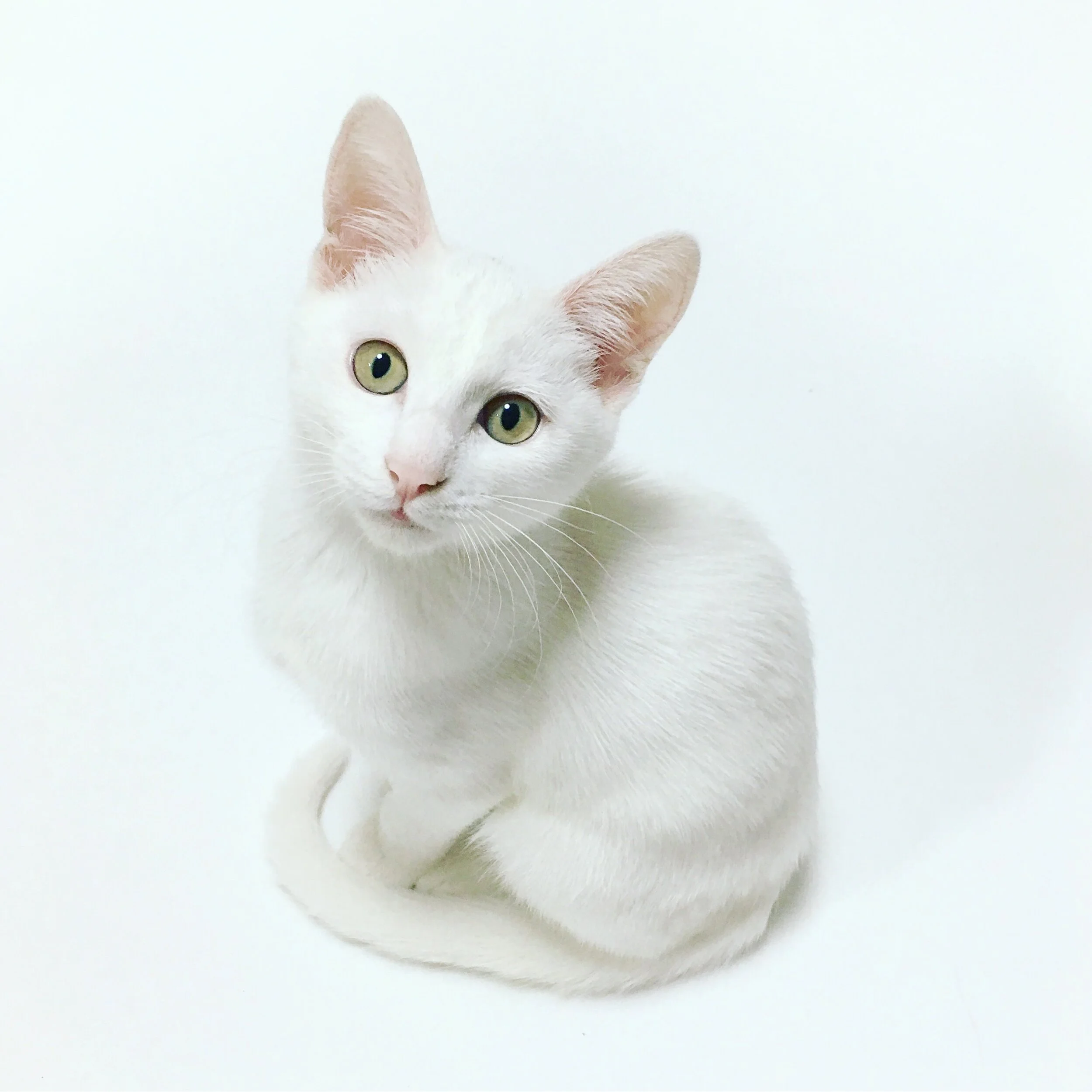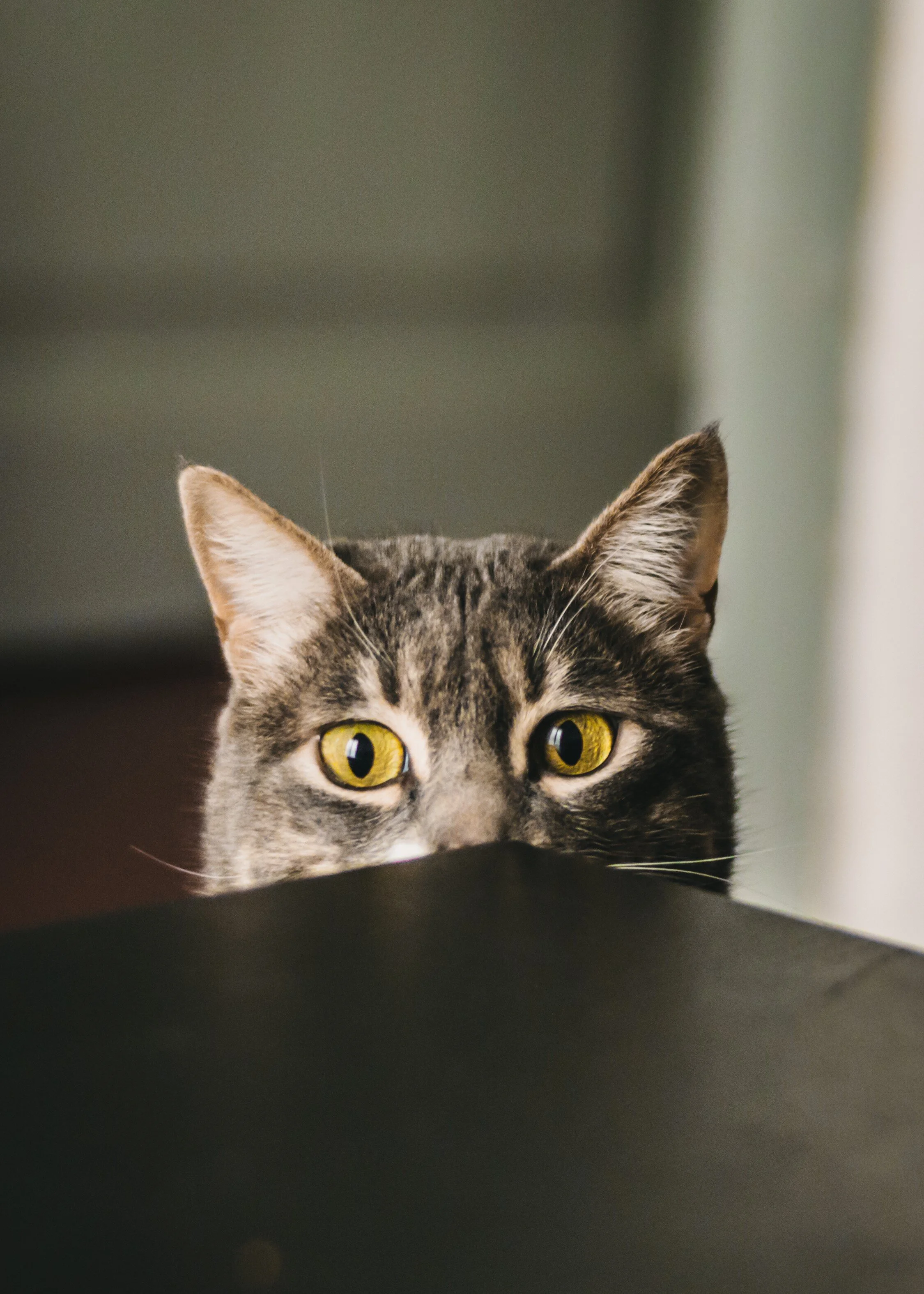Cats are generally well-mannered family members and once trained to use their litter tray, they use it regularly. So it can be both confusing and frustrating when your cat suddenly starts urinating outside their litter tray.
Luckily, this common issue is often very treatable once you identify what is causing it. Below is a checklist to get you on the fast track to solving this feline dilemma.
Medical issues
If your cat is urinating inappropriately, we highly recommend you take your cat to the vet for a thorough physical examination and assessment. It is important to rule out any medical issues prior to addressing any behavioural concerns. Below are a list of some of the health problems that can effect your cats urination habits:
Urinary tract diseases – such as bladder stones, bacterial infections and other inflammatory diseases can cause pain and urgency to urinate.
Diabetes, kidney or liver disease – can cause cats to urinate and drink more. This may mean that your cat soils their litter tray at a faster rate, which may deter them from using it until it has been cleaned. They may also have trouble reaching their litter tray in time.
Medical conditions effecting joints, muscles or nerves - can lead to discomfort, stiffness and weakness that effect your cats ability to reach their litter tray or get in a comfortable position to go to the toilet.
Age related brain function decline – can lead to changes in urination habits.
Urine marking or spraying
Feline urine marking or spraying is the deposition of small amounts of urine on walls or other vertical surfaces. Marking allows a cat to surround itself with its own familiar smells, tell other cats about their presence and mark their territory. The spraying cat may be seen to back up to a vertical surface, raise their tail (the tail may quiver) and with little or no crouching the urine is released. Marking is often on a vertical surface and will just be a few drops, while urination is usually a puddle.
Urine marking is most common in non-neutered male cats, however has been seen in neutered male and female cats also. To minimise marking you can close doors and windows to keep the smell of neighbourhood cats outside. You can also clean or deodorise areas inside where other cats have been to prevent the urge for your cat to mark their territory.
Problems with litter tray
Cats can change their urinating habits if they don’t like something about their litter tray. This can take some detective work but can involve the litter tray itself, the litter material or the location of the litter tray.
Is the litter tray clean?
It is important to keep the litter tray clean, as many cats will not use a dirty litter tray. Remove any faeces daily and change the litter regularly. Conduct a deep clean of the tray every few weeks. Keep in mind that their sense of smell is stronger than ours, so a tray that looks clean to us may smell disgusting to your cat.
Is the tray in a good location?
Cats prefer to urinate in private so ensure their litter tray is in quiet, low traffic area of the home. Avoid placing their litter tray near a heat source or noisy spot ie next to washing machine. The litter tray should be easy for your cat to access and find. If you have multiple stories in your home you could include a litter tray on each level for quick access to kittens and/or senior cats.
Is the tray easy to use?
Some cats find certain trays difficult to use. Senior cats with arthritis for example may find it difficult to climb into a litter tray with high edges or in a location that involves stairs to get to it.
Have you changed something?
Cats are happiest with the familiar. If you change something about their litter tray, it may turn them off. Any necessary changes to the litter material, location or litter tray itself need to be done gradually with plenty of time given to your cat to adjust.
Multiple pets in home
If you are bringing a new pet home, you should spend some time getting your home and existing pets ready for their arrival. If you need to move existing pets items, do this ahead of time so they have plenty of time to adjust before the new furry member arrives.
If you have more than one cat in the household, it is important to provide multiple litter trays throughout the home for each cat. Generally you need one litter tray per cat, plus an extra one.
You may also want to avoid covered boxes as they can make some cats uneasy, as they cannot see if another cat is coming in.
If you have a timid cat, you could devote a space for their litter tray that is difficult for the other pets to access.
Frustration, stress or anxiety
Frustration, stress or anxiety can cause your cat to change their urinating habits. Any change to your cat’s daily routine such as moving house, having guests stay over, a new baby in the house or problems with other pets can lead to stress in your cat and a result in accidents.
They may also mark spots in the house with urine to mark their territory. This can be triggered by the presence of another cat, but could also be in response to stress and anxiety.
Never punish your cat for urinating inappropriately. Their change in behaviour generally indicates that something is wrong, so its important to work on determining the cause to help your cat. If you have any concerns about your cat’s behaviour, please contact us on 03 8784 4444.







